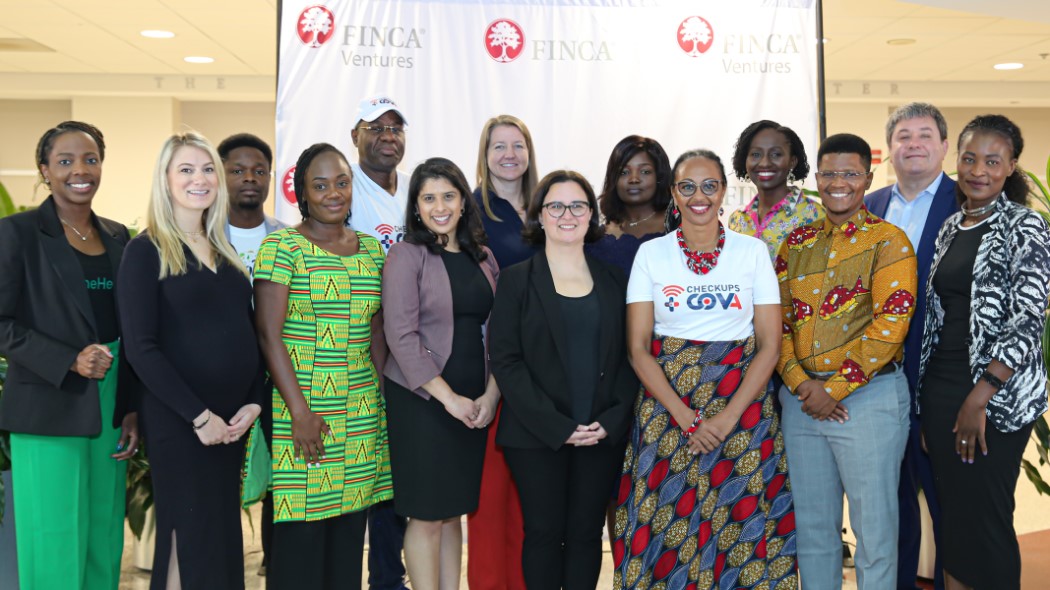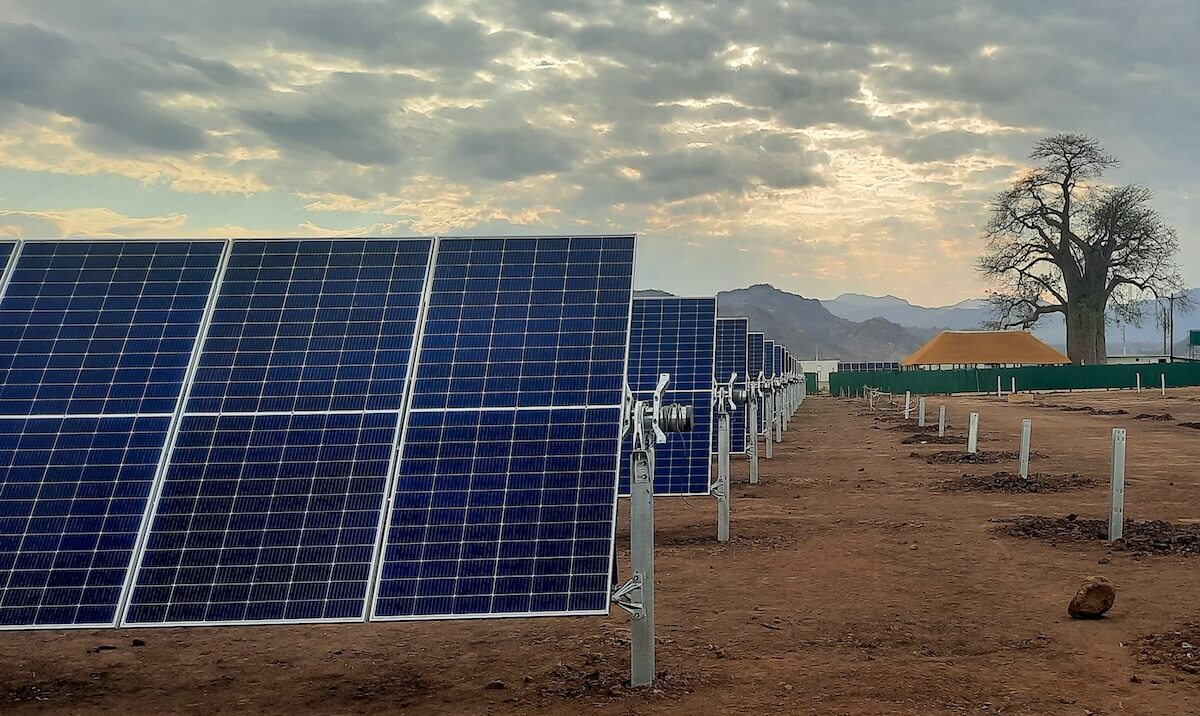The sorry state of the world’s oceans is creating investment opportunities in a range of enterprises that are pioneering the sustainable fishing industry of the future.
The Pacific bluefin tuna population is down 96.4 percent. More than 85% of fisheries are being fished at or over their capacity. More than 100 species of fish are threatened with extinction.
Such indicators point to the threat to the $390 billion global seafood market, but also to openings for investments in stock recovery strategies, fishing fleets and processing equipment, management systems and certifications and marketing of sustainable brands, one of the fastest-growing segments of the industry.
In the coming months, Impact IQ, along with our partner SOCAP, the social capital markets conference, will be exploring opportunities and tracking investments in promising ventures advancing sustainable oceans and fisheries.
Already, a group of investors looking for such opportunities is offering $75,000 in cash prizes and the prospect of investments and loans of between $100,000 and $10 million to support small and medium fishing businesses implementing sustainability strategies.
The Fish 2.0 contest, launched this week, is intended to help fishing businesses pitch their plans to impact investors seeking to support sustainability of local communities and ocean resources with financially sound investments. The deadline for initial submissions is March 31.
“Seafood plays a key role in the food system, and we’re looking to invest in business owners who have promising ideas for growing their enterprises and breaking into new markets,” says Taryn Goodman, director of impact investing at RSF Social Finance, one of the backers of Fish 2.0. Other sponsors include Charly and Lisa Kleissner”s KL Felicitas Foundation in Silicon Valley, A-Spark Good Ventures in the Netherlands, and Social-Impact International, which operates in India and Vienna.
Investing in sustainable fisheries has lagged other food and natural resource investment segments, such as timber and agriculture. The thousands of species caught in particular conditions and geographies means a disaggregated market and fragmented supply chain, in sharp contrast to, say, poultry and beef.
There’s often a culture clash as well. Business owners find many investors don’t understand the industry; investors struggle to find businesses that meet their investment criteria.
“With the right capital investments, businesses in the sustainable seafood sector could be growing faster,” says Monica Jain of Manta Consulting in Carmel, Calif., the organizer of the Fish 2.0 competition and author of “Financing Fisheries,” a primer on investment opportunities in wild fisheries. The potential opportunity is huge.
Of the $390 billion global seafood market, $168 billion is in “wild capture” (as opposed to aquaculture and other segments), and of that, $94 billion is the value when the fish or seafood is pulled out of the ocean. (Another $74 billion is add along the supply chain.) Asia represents by far the biggest share of demand; the U.S. seafood market is about $13.5 billion.
Global seafood demand is expected to double by 2050 to 230 million tons by 2050. The seas can’t produce that much under current practices. The World Bank estimates sustainably managed fisheries could increase harvest yields by up to 95 million tons, worth up to $72 billion. That shows up in increased revenues for fishing vessels, ports, processors and others, creating opportunities to make equity investments and loans.
Good ideas are out there. A recent study in Science magazine found the right management tools could increase the abundance of fish by up to 40 percent from current trends. For example, a system known as catch shares aligns incentives for fisherman with the replenishment of depleted stocks and is showing impressive results in both population growth and economic growth, according to the Environmental Defense Fund, which implemented catch shares among red snapper fishermen in the Gulf of Mexico.
Based on their own catch in previous years, the fishermen were allocated a share of the total allowable catch. Having a percentage of the total fishery gave each fishing operation a stake in rebuilding fish populations.
“Fishermen and investors tend to live on opposite ends of the spectrum, with each not understanding the other,” says TJ Tate, who heads the Gulf of Mexico Reef Fish Shareholders Alliance. Bringing the two camps together, she adds, means “both our businesses and our fisheries prosper.”
A handful of funds and institutions have been making fishery investments for years. For example, the California Fisheries Fund is a nonprofit revolving loan fund that invests in fishermen, fishing businesses, ports, communities and others to advance both environmental conservation and economic stability in port communities.
Some community development finance institutions, such as Coastal Enterprises Inc. in Maine, make loans to harvesters, processors and other players in the seafood supply chain. CEI claims that its more than 200 loans totaling $14.3 million have created more than 1,500 full-time jobs.
Foundations and other social investors are increasingly interested in the intersection of sustainable fisheries and oceans, food security and economic development. Confluence Philanthropy is sponsoring a series of roundtables for foundations considering mission-related investments in fisheries.
The Marine Fisheries program of the David and Lucile Packard Foundation sponsors a range of sustainability initiatives, includingFuture of Fish, which has identified a host of innovative sustainability strategies.










